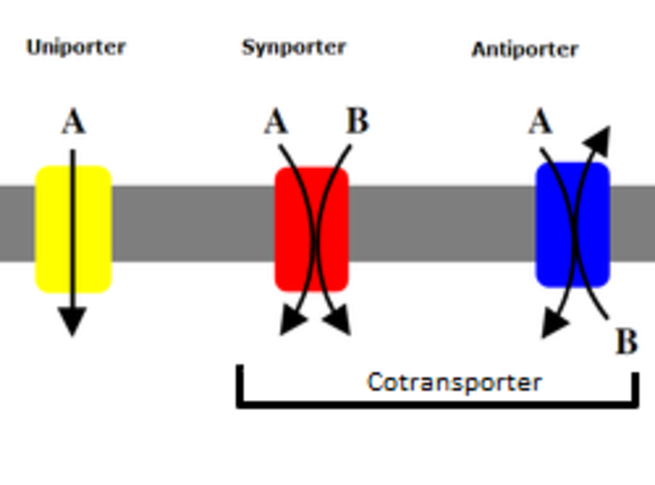Main Difference
The main difference between Active Transport and Passive Transport is that the Active Transport is a Cellular transport mechanism and Passive Transport is a Occurs down electrochemical gradiant and does not need energy ( creteria of passive transport/ diffusion)
-
Active Transport
In cellular biology, active transport is the movement of molecules across a membrane from a region of lower concentration to a region of higher concentration—against the concentration gradient. Active transport requires cellular energy to achieve this movement. There are two types of active transport: primary active transport that uses adenosine triphosphate (ATP), and secondary active transport that uses an electrochemical gradient. An example of active transport in human physiology is the uptake of glucose in the intestines.
-
Passive Transport
Passive transport is a movement of ions and other atomic or molecular substances across cell membranes without need of energy input. Unlike active transport, it does not require an input of cellular energy because it is instead driven by the tendency of the system to grow in entropy. The rate of passive transport depends on the permeability of the cell membrane, which, in turn, depends on the organization and characteristics of the membrane lipids and proteins. The four main kinds of passive transport are simple diffusion, facilitated diffusion, filtration, and/or osmosis.

